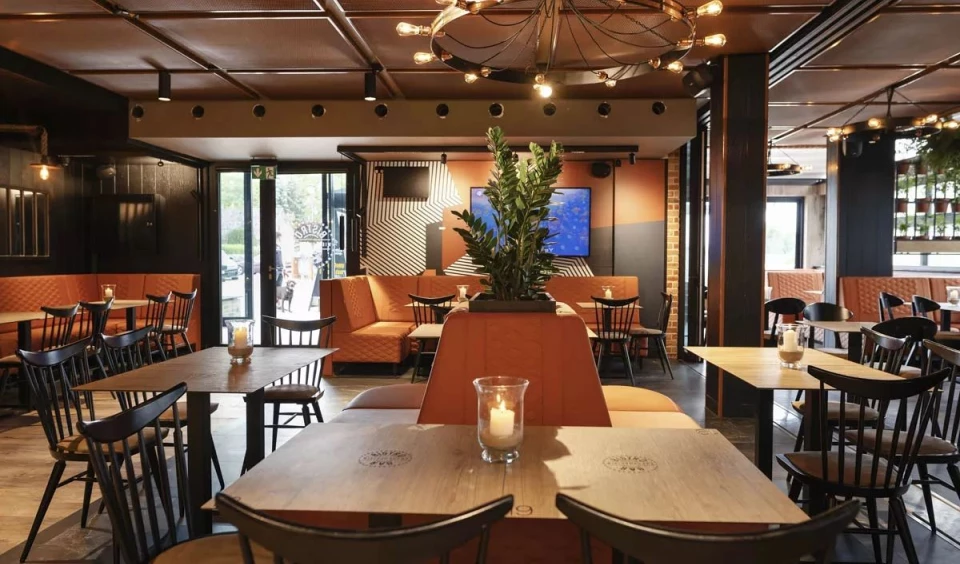Sofas or Traditional Tables with Chairs – What to Choose for Your Restaurant?
The decor of a restaurant is crucial not only for the aesthetic appeal but also for guest comfort. One important consideration when designing a restaurant interior is the choice between traditional tables with chairs and restaurant sofas. Each option has its advantages and disadvantages that are worth analyzing before making a final decision.
Restaurant Sofas – Elegance and Comfort
Advantages of Restaurant Sofas:
1. Adaptability to Space: One of the greatest strengths of restaurant sofas is their flexibility in layout. Upholstered benches can be customized to fit any space—even those with irregular shapes. They can be placed in hard-to-reach corners, alcoves, or recesses, maximizing the venue's seating capacity. This allows the restaurant to add seating where a standard table-chair setup wouldn’t comfortably fit.
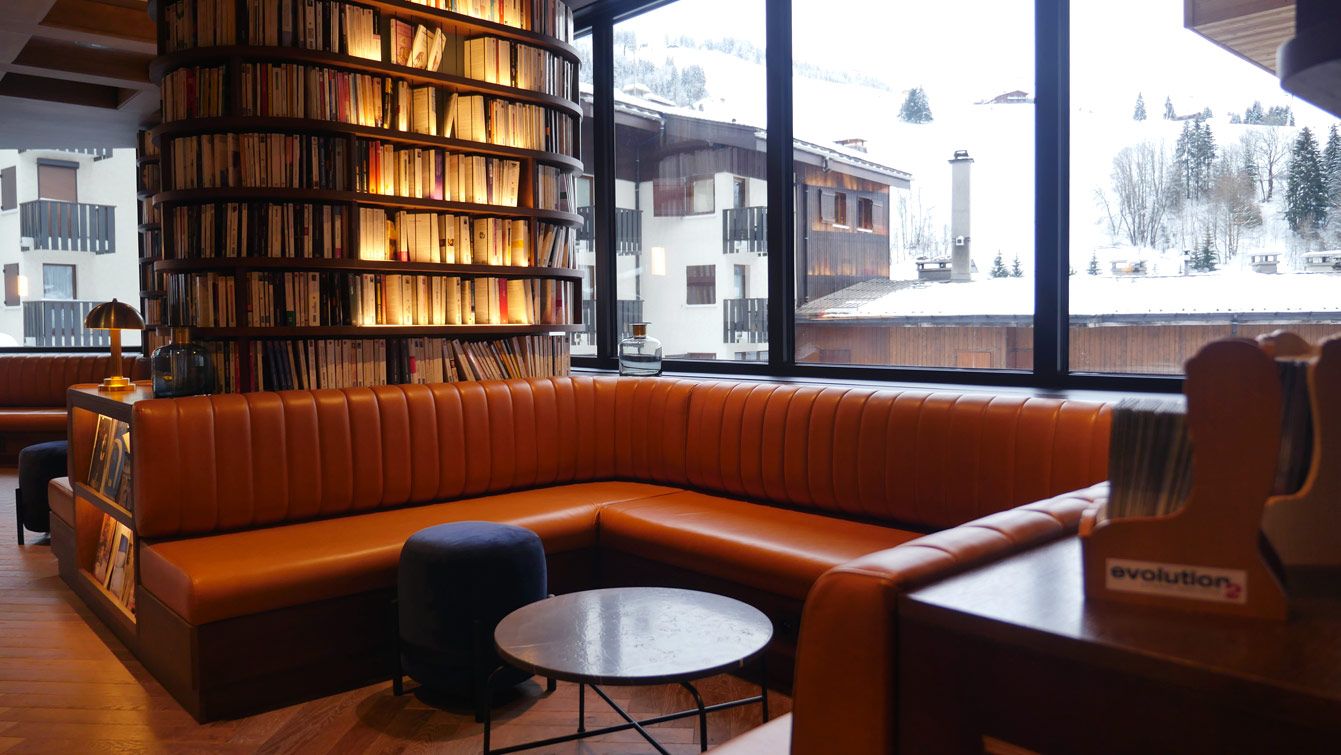
3. Elegance and Style: Upholstered benches bring a touch of luxury to the restaurant’s interior. They can be crafted from various materials to match the overall style of the venue, from modern minimalism to classic, sophisticated designs. Often chosen for lounge-type establishments or pubs, they also work well in elegant restaurants to create a relaxed dining area.
4. Optimal Use of Space: By placing benches along walls, the restaurant gains additional seating without restricting guest flow in central areas. Restaurant sofas are frequently positioned along walls, where traditional tables with chairs might impede the movement of both guests and staff.
Disadvantages of Restaurant Sofas:
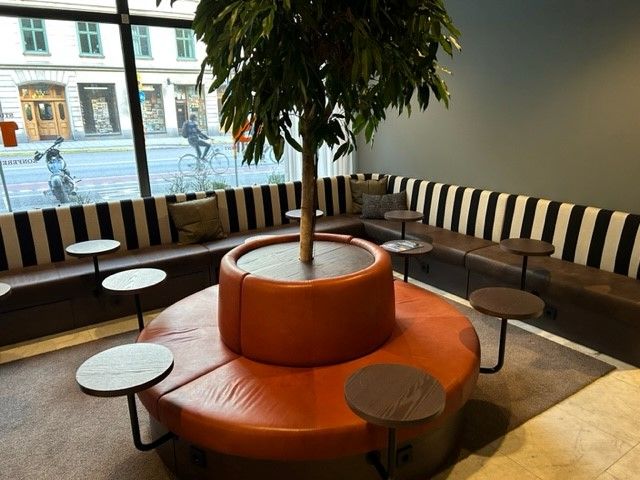
2. Reduced Mobility: Upholstered benches are usually fixed in place, making rearrangement or adjusting the restaurant layout more challenging and time-consuming than with traditional tables and chairs. Restaurants that frequently change their setup might find this a drawback.
Traditional Tables and Chairs – Versatility and Freedom
Advantages of Traditional Tables and Chairs:
1. Layout Flexibility: Tables and chairs give restaurateurs greater freedom in arranging the space. They can be easily moved, adapted to guest numbers, and adjusted as needed. This is ideal for establishments that frequently host events or banquets and need to quickly accommodate various guest groups.
2. Universality: Traditional tables and chairs suit a wide range of restaurant types, from casual to fine dining. With a broad selection of styles, colors, and materials, they can match almost any interior design.
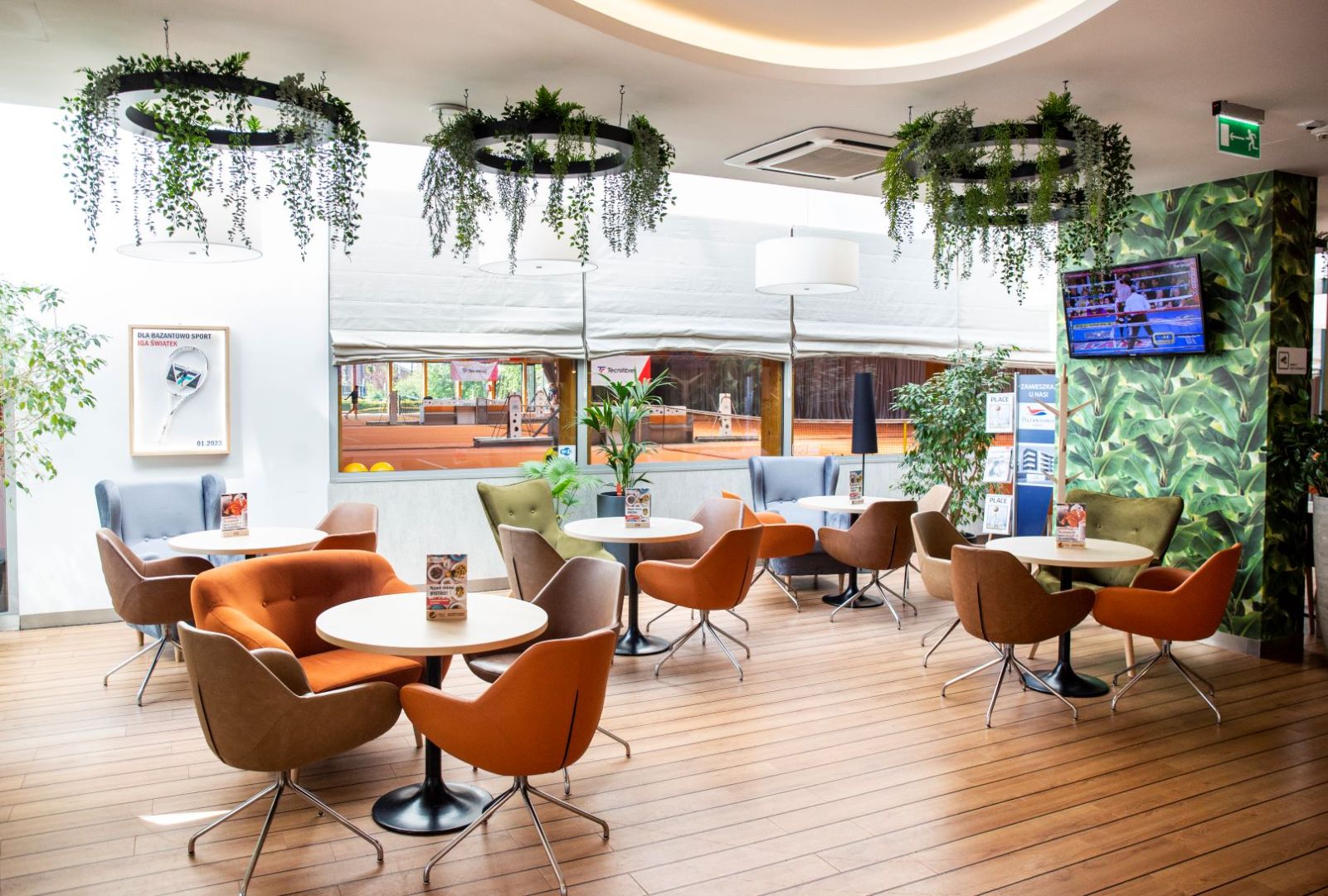
4. Easier for Elderly Guests and Children: Traditional tables and chairs often provide easier access for elderly guests and children, enabling easier seating and standing. Additionally, the ability to add chairs makes it easier to accommodate families or groups larger than the standard table seating.
Disadvantages of Traditional Tables and Chairs:
1. Less Privacy: Compared to sofas, traditional tables and chairs don’t offer the same level of privacy. Guests may feel more exposed, which could be a disadvantage in restaurants aiming for a more intimate atmosphere.
2. Potentially Less Comfortable: Chairs, even upholstered ones, often lack the comfort level of cushioned benches. For guests planning a long meal, a sofa may offer a more comfortable option.
3. Less Optimal Space Utilization: In smaller venues, tables and chairs may take up more space than benches, which can be effectively placed along walls or in recesses.
What to Choose for Your Restaurant?
The final choice between sofas and traditional tables with chairs depends on the restaurant’s character, style, and guest expectations. Restaurant sofas are ideal for venues prioritizing elegance, comfort, and intimacy. With the option to customize sofas for any space, restaurateurs can maximize the available area and create an appealing, stylish interior. Conversely, traditional tables with chairs are suitable for establishments focused on flexibility and adapting to various guest needs, including elderly guests, children, and larger groups.
It’s worth noting that these two options can complement each other effectively. Restaurants offering both upholstered benches and traditional tables with chairs can meet a wider range of customer preferences—from those seeking privacy to those who value freedom and flexibility.
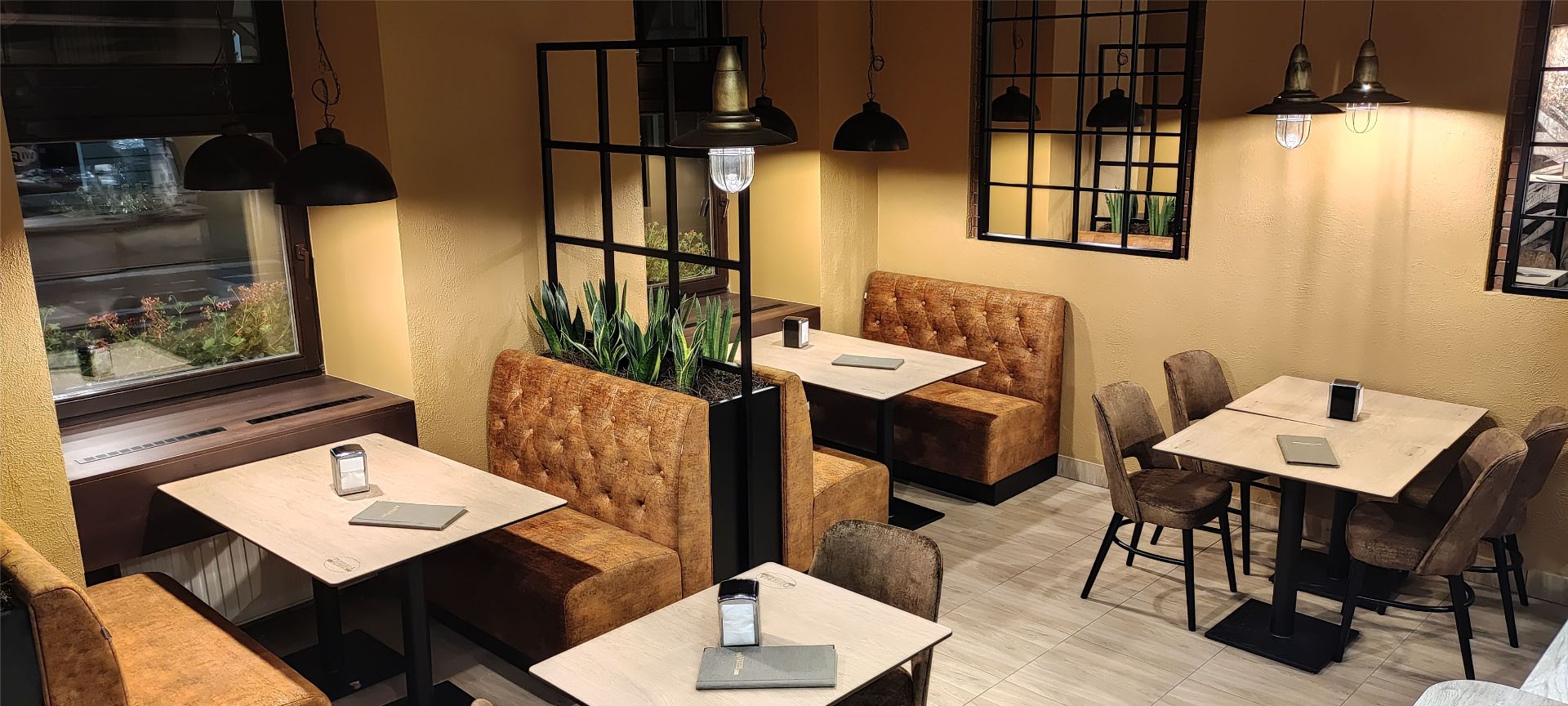
The flexibility of both solutions allows better adaptation to changing customer needs and the organization of various events, from elegant banquets to casual gatherings. This combination creates a functional, aesthetic interior that attracts diverse guest groups and ensures a comfortable dining experience.

